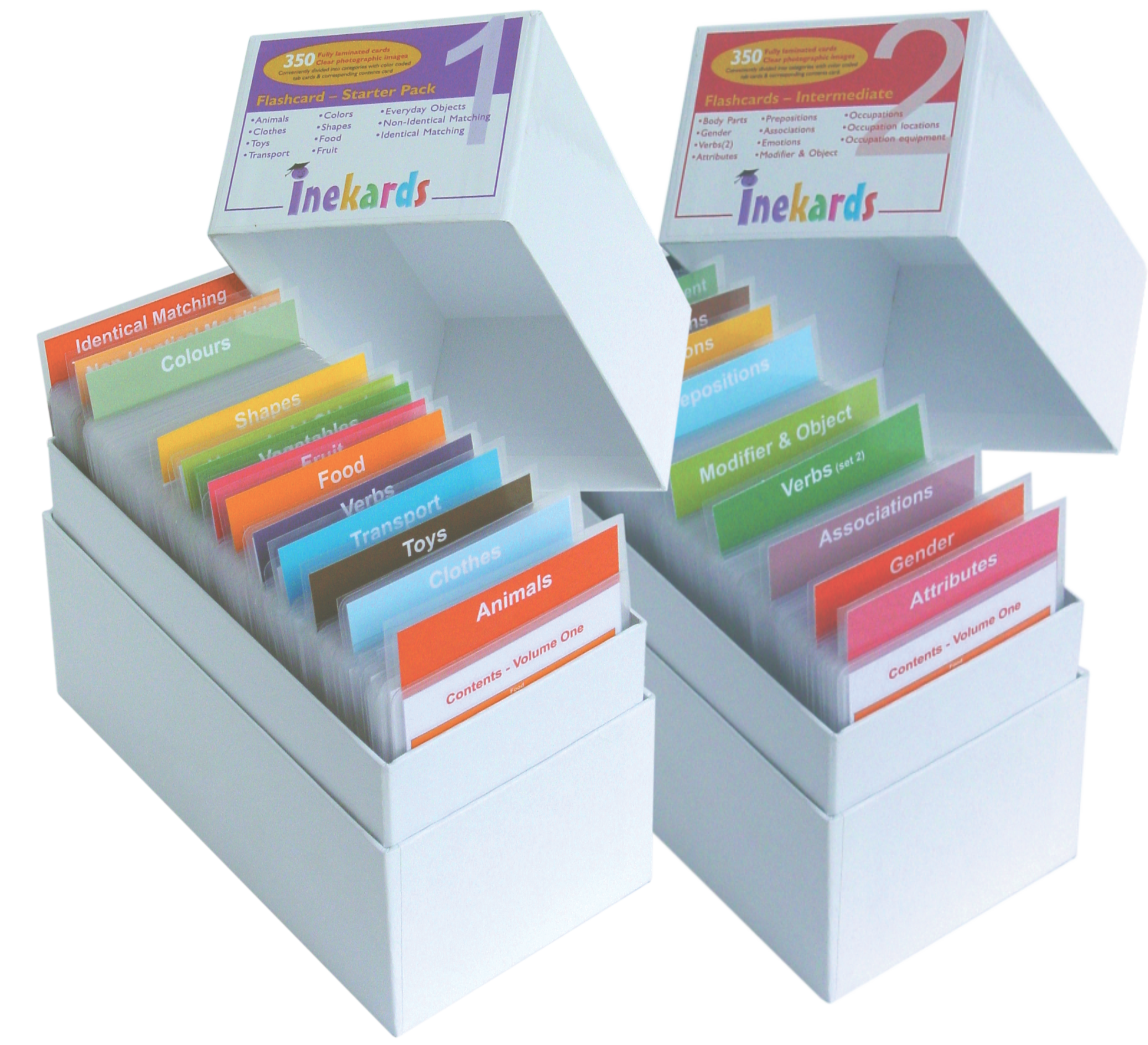Are you eager to speak Spanish in 2025? You are not alone. With the increasing globalization of our world, the demand for Spanish language proficiency has skyrocketed. To help you find the best ways to learn Spanish, we exclusively prepared this guide.

Fortunately, there are numerous ways to learn Spanish, and below we will discuss seven of the best ways to master this language in the upcoming year. From online classes and native speakers to Spanish tutors and grammar drills, there is something for everyone who wants to learn Spanish.
So if you’re looking for a fun and effective way to learn one of the world’s most widely-spoken languages, read on!
What are the Best Ways To Learn the Spanish Language?
Here are the best ways to Spanish quickly and easily:
1. Consult An Online Mentor
It is the best and easiest way of learning Spanish at home. Look for someone who can mentor you and give proper guidance, and it can be your friend who knows the Spanish language or a professional Spanish teacher. The best part about online learning is that the mentor will give you the necessary attention and guidance related to the Spanish language.

The mentor’s focus will be on you because of the private sessions. A professional teacher who knows Spanish vocabulary well will help you learn Spanish easily and with fewer complications.
2. Communicate With People From Spain Or Who Know Spanish
This is another way to learn and improve Spanish by communicating with people who know Spanish very well or people who reside in Spain. With the internet’s help, we can connect with almost anyone from any place in the world. It is one of the best advantages of the Internet that we can connect with almost everyone from around the globe.

By communicating with the other person, you will not only practice but improve your Spanish at the same time. So contact someone willing to communicate with you in Spanish and tell them to correct your errors simultaneously.
3. Through Flashcards
Flashcards are used to improve vocabulary, and one can use flashcards with Spanish words. In addition, their apps show flashcards in Spanish and make your learning experience a bit easy.

Look for old flashcards from a bookstore that will help you improve the Spanish language. Use the flashcards app along with spaced repetition technology at the same time.
4. Take A Spanish University Course
If you’re interested in taking your Spanish learning to the next level, a great way to do it is by taking a university course. You can find a variety of courses—from beginner all the way up to advanced levels—at universities and language schools around the world. Classes usually include lectures and discussions, as well as activities covering grammar, pronunciation, and communication skills. Taking a university course gives you the opportunity to practice speaking Spanish in an academic setting, as well as make contact with other students who share your language learning goals.
It’s also a great way to get feedback from qualified instructors who can help you improve your Spanish skills and ensure that you’re on the right track. Plus, taking a course will give you a chance to learn about the culture and history of Spanish-speaking countries, which is an important part of truly mastering any language.
5. Online Audio Broadcast in Spanish
Hearing about a new language is one of the best ways to learn it. Whatever you listen to that goes straight into your mind, and your mind remembers that word or phrase. Listen to podcasts in Spanish and improve your Spanish language at the same time. For example, one can listen to podcasts in Spanish anywhere with internet connectivity, go out for a walk and listen to the podcast, or while doing work at home, listen to the podcast in Spanish. There are so many podcasts in Spanish that you can listen to on online platforms.
6. Read Spanish Books
Another way to improve language is by reading the language you want to learn. This may look tough in the beginning, but with practice, you will learn it and improve your Spanish at the same time by discovering new words. There are tonnes of books that come in Spanish along with English translations. Read literature in Spanish as much as possible to improve your Spanish fluency.
7. Try Writing in Spanish
Many people tend to remember more information while writing their thoughts down on paper or on the phone. Write whatever you listen to in Spanish on a phone or paper and then translate the same with the help of a translator app or software. And check whether your written text is accurate and, if not, how many errors there are. If you keep a journal, write everything you listen to in Spanish and write different words and phrases for more clarity and information.
8. Choose a Spanish digital subscription or vocabulary improvement classes
Enhance your Spanish language skills by opting for online professional Spanish classes. This convenient approach allows you to learn and improve your Spanish from the comfort of your own home. Know where you need improvement, and then continue your learning. By learning the Spanish language online, one can improve their vocabulary of the Spanish language at the same time.
9. Watch Spanish TV Shows and Movies
Watching Spanish-language TV shows, movies, or other video content with subtitles can help improve your listening comprehension. As you hear the Spanish conversations and vocabulary in context, you’ll pick up common words, phrases, and pronunciation. Start with kids’ shows or familiar dubbed movies before moving to more complex content. Pausing to look up new words also helps boost retention.
10. Use Language Learning Apps
Take advantage of language learning apps like Duolingo, Babbel, or Rosetta Stone which offer quick daily Spanish lessons. The bite-sized modules let you practice reading, writing, listening, and speaking skills. Apps make it easy to learn on the go and many track progress. Finding an app suited to your level with engaging features can make picking up Spanish more fun.
How Long Does It Take To Learn Spanish?
Learning Spanish can take a few weeks to a few years, depending on how much time and effort you put into it. So if you want to learn basic conversational Spanish, like the type used in everyday conversation, you could probably get it down in a few months with some regular practice.
However, it will likely take at least a year or two of dedicated study if you want to become fluent in Spanish. So even if you’re taking classes and studying regularly, staying motivated and setting realistic goals for yourself as you progress is important.
It’s also helpful to immerse yourself in the language as much as possible by listening to Spanish music, watching movies and TV shows in Spanish, and speaking with native speakers whenever possible. With enough dedication and practice, learning Spanish can be an enjoyable and rewarding experience.
Related Read:
Conclusion: Best Ways To Learn Spanish In 2025
One can apply all these techniques while sitting at home. You don’t have to leave your house to implement these ways. With the help of the internet, one can easily learn the Spanish language. Learn Spanish from online classes and people who know Spanish to improve your command of the Spanish language. The ways mentioned above are well-tested ways to learn Spanish in a shorter period at home. Enjoy learning Spanish and other languages.
Frequently Asked Questions:
- 11 Best Coursera Alternatives & Competitors of 2025 - July 4, 2025
- Grammarly Free Trial 2025: 7 Days Pro [Limited] - July 2, 2025
- How Music Can Improve Student Focus and Writing Productivity? - June 23, 2025
